
Waterfalls, Rivers of Morocco, Switzerland, the Sahara, and a guide to Arab natural eyes... Writer Mustafa Kamal Al-Amir

- Europe and Arabs
- Wednesday , 22 November 2023 13:16 PM GMT
Hot mineral water springs are one of the secrets of nature that God Almighty has made available to man. They erupt in a strange way from the ground in many places around the world and in the Arab countries as well.
Citizens and medical tourism pioneers visit them in order to relax, heal and explore. Some of them have broken a temperature record, while others have been flowing for centuries and thousands of years, such as the miracle of the Zamzam Well.
The brotherly Kingdom of Morocco is distinguished by the presence of dozens of groundwater wells and natural mineral water springs, numbering more than 120 vibrant water springs in the Atlas Mountains (with 300 water dams).
Such as Sidi Ali, Ain Sais, Lamas, Moulay Yacoub, the sulfurous Ain Sultan, Sidi Harazem Vitil, and the largest springs of the Oum Er-Rbia River (47) with rainwater in the Bouregreg River.
Which made Morocco self-sufficient in drinking water, agriculture, and the famous Moroccan baths
As well as the harvest season for its abundant production of vegetables, seasonal fruits of all kinds, and yams “nuts”, which satisfy the needs of the local market and are exported to Europe and the world.
It is also self-sufficient in producing pasture-raised livestock, annual sheep meat, and white meat (chicken, hares, and birds).
There is also advanced marine fishing for “whale” fishing on its beaches extending 3,500 km along the Mediterranean Sea from Saidia in the east to Tangier in the west.
And on the Atlantic Ocean from Tangier in the north to Agadir, Jouira, Laayoune and Dakhla in the Moroccan Sahara
Natural mineral springs and other springs of water that Morocco has are considered a rare wealth, in light of the water scarcity crisis at the international level, climate changes and global warming.
Nizar Baraka, the Moroccan Minister of Irrigation and Works, announced that the devastating Al Haouz earthquake that struck Morocco in September 2023, which killed thousands but revealed 50 new water springs suitable for drinking and irrigating agricultural lands.
Fortunately, the epicenter of the earthquakes was not the historic city of Marrakesh, with its ancient buildings and high population density
According to data from the Ministry of Irrigation and Water in Morocco, it has mineral and sparkling water resources that are concentrated in mountainous areas and play a role in economic and social development.
It also contributes to improving living conditions by providing and reviving job opportunities, in addition to its effective role in healthy nutrition and recovery. It is also considered a destination for domestic tourism.
In addition, Morocco also has carbonated and mineral springs, which are waters that have been proven to have a therapeutic effect in alleviating or preventing diseases. It usually contains the same percentage of salts as natural mineral water.
The geological environment of Morocco provides great potential in the field of packaging and water treatment due to the presence of approximately 120 natural mineral water springs located in rural and semi-rural areas such as Moulay Yacoub, Ain Lalla Shafia and Ain Allah, and the northeastern regions such as Khaqb Benchagur, and central Morocco such as Sidi Ali and Lalla Haya. .
Then the Middle Atlas, which includes springs including Ain Tbakhbakhine, Sakhunat Marmoush, Ain Ifrane in Ben Samim and Sidi Harazem, the High Atlas, which contains Hamat Moulay Ali Cherif and Ain Moulay Hashim, then the Small Atlas, which contains Ain Abaynu and Ifrane, the Small Atlas, in addition to springs in the Sahara in Al-Jarifa and Bartil.
To preserve the water wealth in Morocco, there are currently 152 large dams and 141 small dams.
There are also more than eighty water lakes to collect rainwater in Morocco, the most famous of which are Lake Isli, Youssef Ben Tashfin, Abdel Karim Al-Khattabi, Wadi Al-Makhzen, and Al-Masirah. Thousands of water wells have also been drilled to extract groundwater.
The marketing of “Sidi Harazem” mineral water began in 1968 and is considered the first mineral water marketed in Morocco.
While the depth of the well exploited by the “Soterma” company in Sidi Harazem reaches 100 meters deep in the ground, in a natural environment protected by rugged mountainous terrain.
A cheerful painting announcing the arrival of spring, where the towering mountains of the Middle Atlas are covered with a green carpet, adorned with flowers of various kinds and scents. This natural carpet is interspersed with waterfalls, exploding springs, and rivers that make the scene even more wonderful, adding to the background of the scene the music of the trickling waters and the joyful sounds of birds with the arrival of spring, which is eager to Many Moroccans and foreign tourists flock to the “Oum Er Rbia Waterfall”, which lies in the middle of the Middle Atlas Mountains in the Khenifra province, - central Morocco -,
To enjoy the arrival of spring, where dozens of fresh natural springs flow in the middle of the Middle Atlas Mountains, and waterfalls flow between the rocks so that the water gathers after a long journey from the top of the Atlas Mountains in the plain of Wadi Umm Er-Rbia, to travel its way for hundreds of kilometers between the mountains until the mouth in the Atlantic Ocean.
Tourism is active in the spring season, which is why the valley and the river are called the Mother of Spring, and the residents of the villages located around the valley and the river along hundreds of kilometers make a living from tourism in addition to agriculture and grazing, as the region is distinguished by providing a distinct agricultural environment that reflects the customs and traditions of the region’s “Berber” inhabitants for thousands of years. They are still the same and have not changed, the same rituals, customs, traditions and traditional crafts whose products tourists buy, such as carpets, necklaces, silver, stone and bone jewellery, and woolen textiles.
A piece of heaven
Around Wadi Umm Er-Rbia, there are many popular restaurants serving traditional dishes, such as the famous Moroccan Berber couscous, meat with plums, pastilla, which is a meat or fish pie, harira, “an authentic Moroccan soup,” and vegetable tagines with goat meat. There are also three good hotels in the area, and their prices are always reasonable. They are full during the spring, and a little less in the winter and summer, when adults enjoy the enchanting nature scene, and children enjoy bathing and playing in the waters of the lake. Umm al-Rabi’, the lake of goodness and beauty and God’s paradise in the heart of the Mediterranean mountains. The most famous hot water springs in the Arab world for tourism, treatment and exploration.
The Kingdom of Bahrain was historically distinguished by its fresh spring water and marine springs, which number approximately 25 springs. Bahrain was even given this name because of these springs, where fresh water and salt water meet in one place.
The "Al-Maskhoutin" and Warqa baths in Algeria, which is located 25 kilometers from the capital of the eastern state of Guelma, and its water is classified as the second highest temperature in the world after the water of the Icelandic volcanoes. Its temperature reaches 96 degrees Celsius and exceeds 6,500 liters per minute.
Ma'in Baths in Jordan is one of the most beautiful natural springs in the Middle East, located between Madaba and the Dead Sea, 58 kilometers south of Amman.
Hot water sources are spread throughout Tunisia, the most famous of which is Ain El Atrous and Ain Khatt in the United Arab Emirates
There are also sulfur springs in Egypt, the most famous of which is Ain Sokhna, south of Suez, east of Cairo
Capritage Helwan and Lake Ain El-Sira, south of Cairo, after its comprehensive development and conversion into a tourist center after the opening of the Museum of Egyptian Civilization on its banks, and the springs of the Bahariya Oases in Siwa and Farafra, and the lakes of the Salt Mountains, and the Moses Eyes Bath in the city of Tur Sinai. Five springs pour into a bath in the form of a swimming pool, and this sulfurous water is useful in healing. Many rheumatic and skin diseases and the Pharaoh’s Bath,” one of the most important places of hospitalization in South Sinai. It is about 110 kilometers away from the tunnel of the martyr Ahmed Hamdi. It consists of fifteen springs from which hot water flows from inside the cave that is found in the mountain that is located near the seashore. The temperature of this water varies. From 55 to 75 degrees Celsius
There are 25 natural springs in the Sultanate of Oman, the most famous of which is Ain Al Kasfa
The many Moroccan springs are full of life, but some of them are also drying up, such as the Erfoud spring in the south, which was discovered in 1984, perhaps due to a lack of maintenance and care for it, as the average age of the well is approximately 70 years.
The regions of the Kingdom of Saudi Arabia also contain about 12 sulfur springs that are not exploited for the purpose of medical tourism
While the blessed Well of Zamzam is in Mecca, since Ishmael and his mother, Hagar the Egyptian, the wife of the father of the prophets, Abraham, his call to God was fulfilled.
“Our Lord, I have settled some of my descendants in a valley uncultivated by Your Sacred House, our Lord, that they may establish prayer, so make the hearts of the people yearn toward them and provide them with fruits that they may give thanks.” And"
Its fresh water has been running for thousands of years, quenching the thirst of millions of Muslim visitors, pilgrims, and pilgrims to the Holy House of God




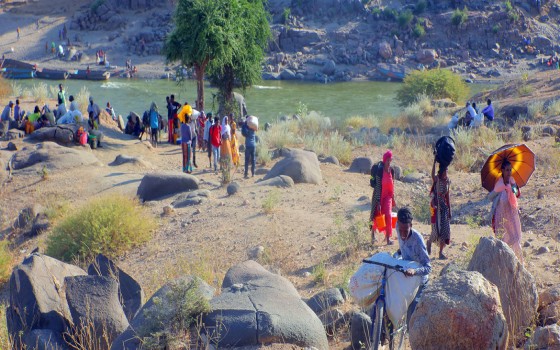

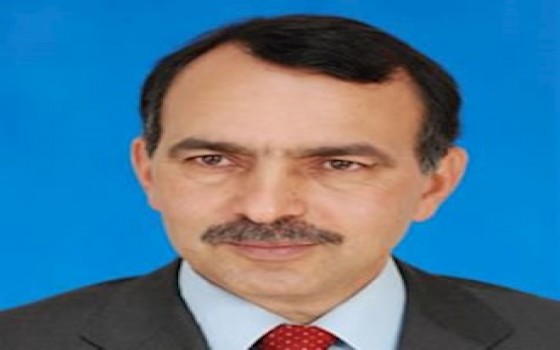
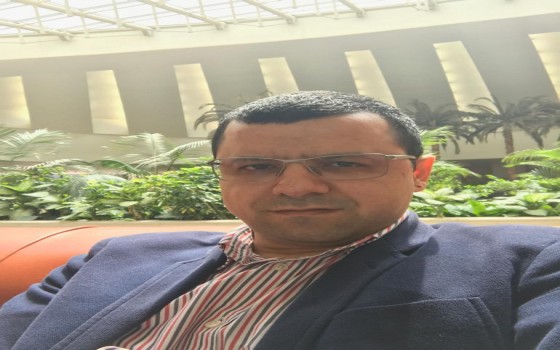
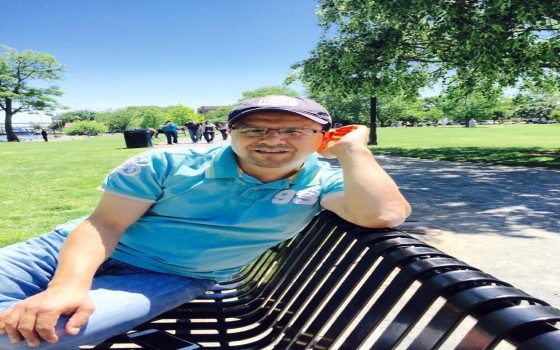

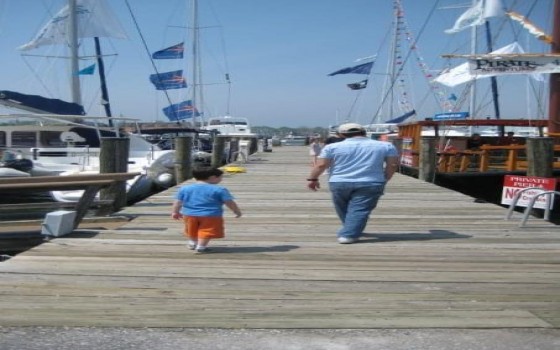
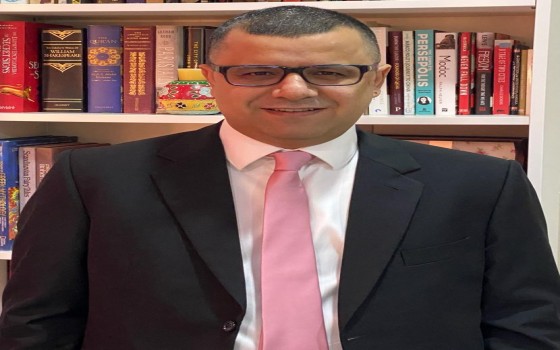
No Comments Found